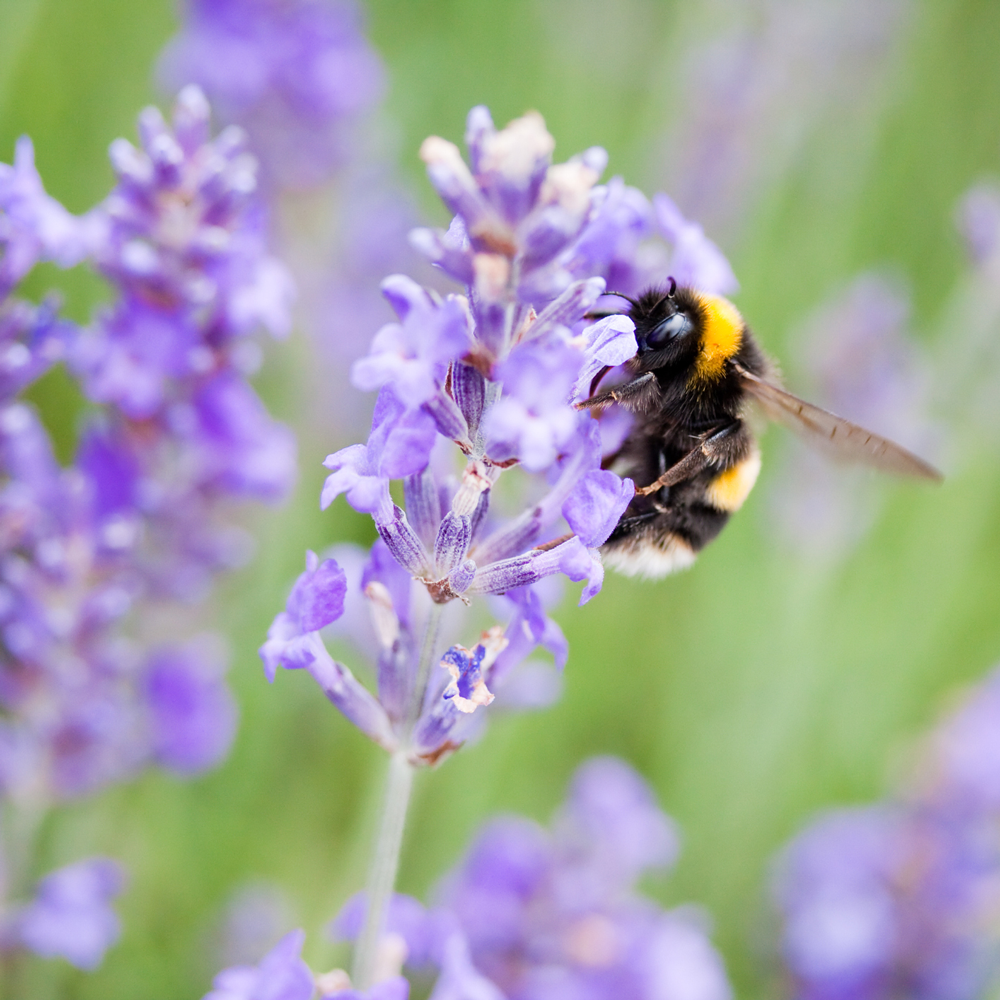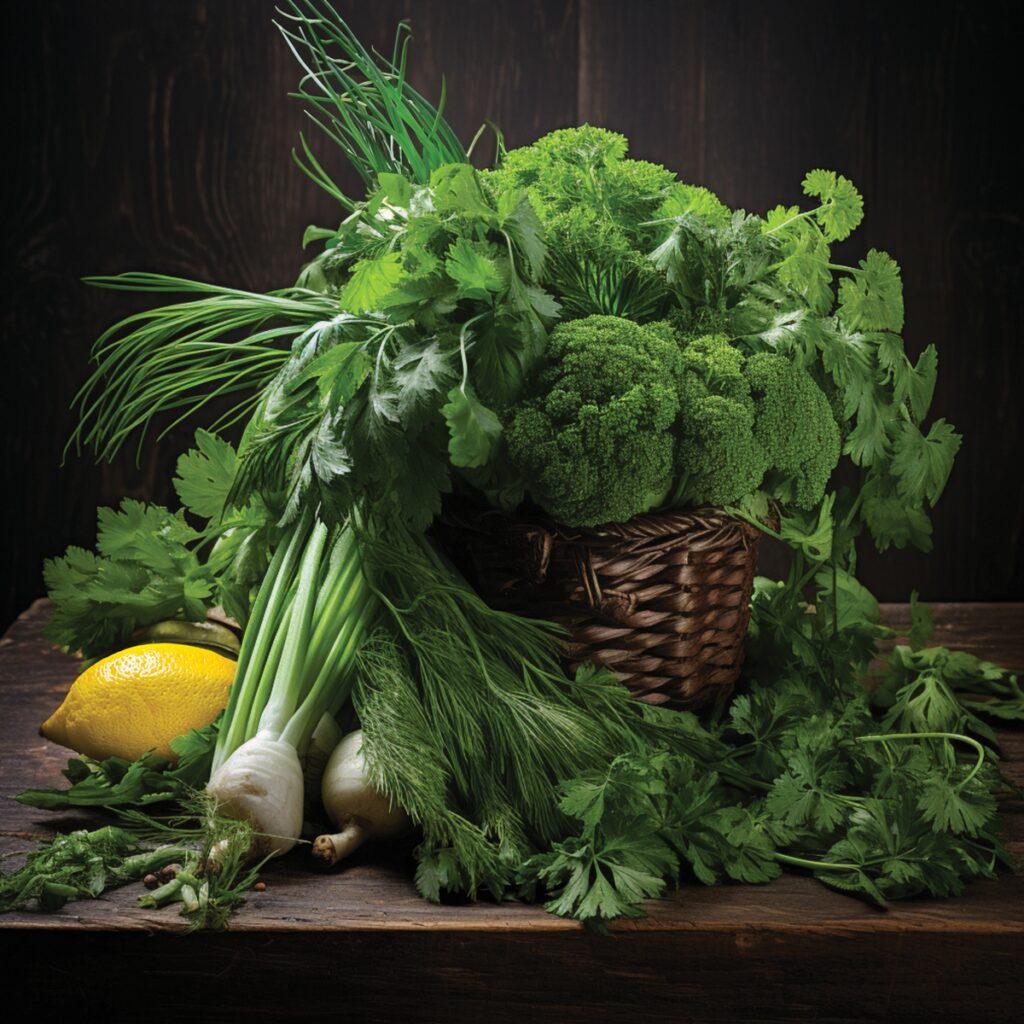A Letter from Norway, where wild canines are being killed despite their protected status
Kindness is the prime virtue in Norway. We are kind to each other, and kind to each other’s children. Norwegian statistics show this, and they show that our children are happier than yours. Our adults too. We’re even kind to murderers here, because we know they’re less likely to kill us when they get out. As an organising principle for a society, kindness works.
In Norway, if you have a hunting licence, you can shoot any wild animal you want
But Norwegian kindness only extends so far. If you have a hunting licence, you can pretty much shoot any wild animal you want. I don’t mind much, as long as you eat your grouse, or your roe deer, or your moose. But I do mind when it comes to the wolf.
When Britain exterminated the wolf 250 years ago we didn’t understand the consequences. That it damaged everything from the deer populations to the health of the trees. Now Norway is doing the same with its own wolves, but it’s doing it now. Only three breeding pairs are to be left alive, along with a small number of cubs.
Thank God, then, that there is an environmental umbrella group dedicated to protecting these beautiful, complex animals. Jan Pahle Koritzinsky is a founding member of ARV (which in Norwegian stands for Active Predator Protection). A court stopped the wolf hunt this year, but on the evening of Friday 3 February, when Jan was in the sauna, his phone rang. A higher court had overturned the ban and the Norwegian wolf hunt was back on.
Jan calls the government’s predator management programme a “policy of extinction”
Jan is a quietly heroic man, tall, lean, and powerful. He takes a lot of saunas. He’s appalled by the brutality of the hunt. Entire packs are to be destroyed, including their nine-month-old pups. The government calls this “predator management”. Jan calls it a policy of extinction. He got on the phone. In twenty minutes he assembled a team. All without leaving the sauna.








